The American dwarf ‘General’ Tom Thumb is only mentioned once in Lee Jackson’s encyclopaedic survey of Victorian mass entertainment, and then as an example of an attraction at the rebuilt Crystal Palace in Sydenham in 1864. But he is the star of John Woolf’s breezy personality-driven history of the ‘freak’ show, an intriguing sub-set of that wider field of leisure activity.
Tom is first introduced there 20 years earlier when, aged six and standing just 25 inches tall in red velvet coat and breeches, he performs before an enchanted young Queen Victoria in Buckingham Palace, together with his manager, P.T. Barnum.
Born Charles Stratton in Connecticut, Tom was snapped up by Barnum, who made him the centrepiece of a highly lucrative showbusiness empire, based on his American Museum in New York, which catered to the 19th-century demand for freaks and human oddities. Starting with Joice Heth, billed as a 161-year-old slave woman who was once George Washington’s nurse, Barnum used hoax, humbug and salesmanship to promote his business, which endured till only two years ago in the Barnum and Bailey circus. Milking his royal connections was just one example of his chutzpah.
Read in tandem, these two books illustrate how, from around 1850, the entertainment industry, particularly in Britain, began to alter in character, with Queen Victoria playing a significant role. She did this partly by giving the royal seal of approval to the display of freaks, but also, taking her cue from Prince Albert’s Great Exhibition of 1851 and its later Crystal Palace incarnation, by encouraging mass amusements to move out of pubs and music halls into larger exhibition spaces, such as fairgrounds and theme parks, which stressed education and inclusivity as well as pleasure.
In this way, leisure paralleled periodical publishing, which developed over the century from bloodthirsty Newgate Calendar digests of murder and vice, through sensationalist penny dreadfuls, to uplifting family fare, such as the monthly Strand Magazine. In this period of massive advances in wealth, education and mobility, tendencies to excess were held in check by an underlying morality based on evangelicalism. This ambivalence, often presenting as prurience, was epitomised by the Queen’s apocryphal utterance, ‘We are not amused’, when she clearly was.
In Jackson’s telling this is — initially at least — a typically British story of the perilous relationship between alcohol and probity. He shows how the basic gin shop gave way to the more salubrious gin palace, which, with gas lighting, gilding and seating, attracted a wider clientele, including women. Similarly, the pub became the ‘free and easy’, which encouraged singalongs, and gradually became more entertainment-orientated as it morphed into the palace of varieties, saloon and music hall. At each stage these institutions were plagued by magistrates who, encouraged by rival ventures, particularly the theatres, sought to portray them as dens of prostitution and crime.
The first purpose-built musical hall was Charles Morton’s Canterbury Hall in Lambeth, which was extended in 1854 to cater for an audience of 2,000. It emphasised its respectability, seeking to entertain the whole family, with operatic output from Jenny Lind, ‘the Swedish nightingale’. It even contained an art gallery, which led Punch to dub it ‘the Royal Academy over the water’.
Other music halls pushed the boundaries of taste with risqué songs such as ‘Pulling My Rhubarb Out’ and ‘Are You Good-natured, Dear?’ (a hooker’s come-on, which provided a musical hit for Sam Cowell, the first star in this field). These tendencies were reflected in rival venues such as pleasure gardens and fairgrounds which, with greater space, strove to compete with all sorts of exotica, including fire-eaters, balloonists, trapeze artists, bearded women and others with bodily abnormalities.
As the century wore on, these attractions became more global, featuring Siamese twins, Amazonian troglodytes and Zulu warriors, in a manner which aimed to be educative (in line with Britain’s imperial responsibilities) while often, to modern tastes, appearing racist and offensive.
Jackson extends the range of mass entertainment to seaside piers, sport (though he sticks to football) and modern exhibition halls such as Earls Court. He is wonderfully comprehensive and engagingly readable, having clearly benefited from an ability to digest online newspaper reports.
With his narrower focus, John Woolf favours a narrative style, taking in Queen Henrietta Maria’s dwarf, Jeremy Hudson, the 52-stone giant, Jeffrey Lambert, the Mexican-born ‘baboon lady’, Julia Pastrana, and other ‘freaks’, including Tom Thumb. Such characters were often abused by managers and medics (Woolf’s account of the tortures experienced by the Siamese twins Chang and Eng Bunker is deeply harrowing). He convinces he is not indulging in an exercise in voyeurism; indeed, he is alive to the dangers of related terminology, and is informative about contemporary developments in medicine, evolution and ethnography.
Those book subtitles are becoming a trifle long-winded though.
Got something to add? Join the discussion and comment below.
Get 10 issues for just $10
Subscribe to The Spectator Australia today for the next 10 magazine issues, plus full online access, for just $10.
You might disagree with half of it, but you’ll enjoy reading all of it. Try your first month for free, then just $2 a week for the remainder of your first year.

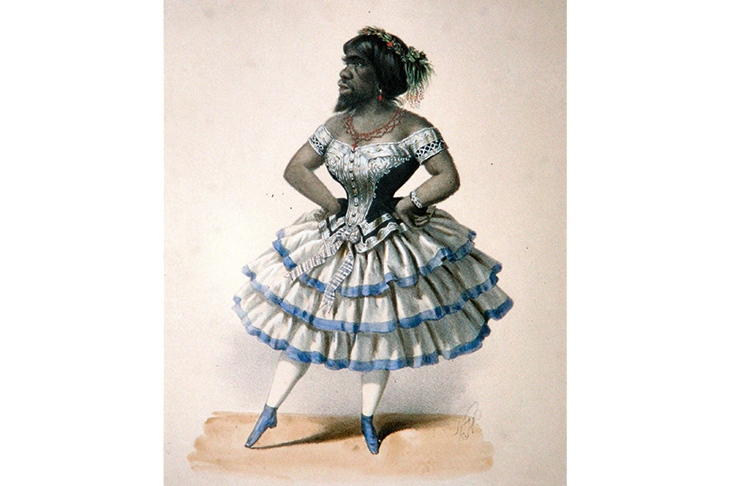
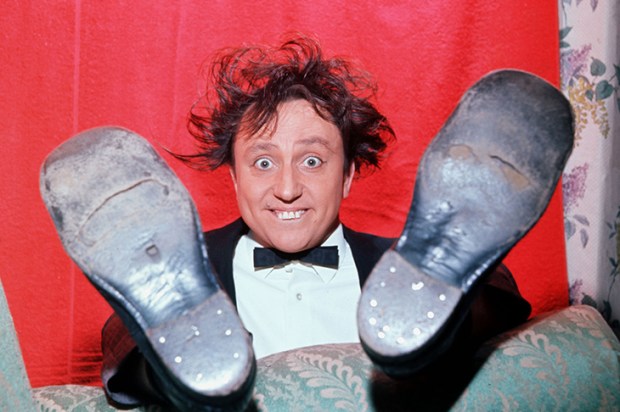
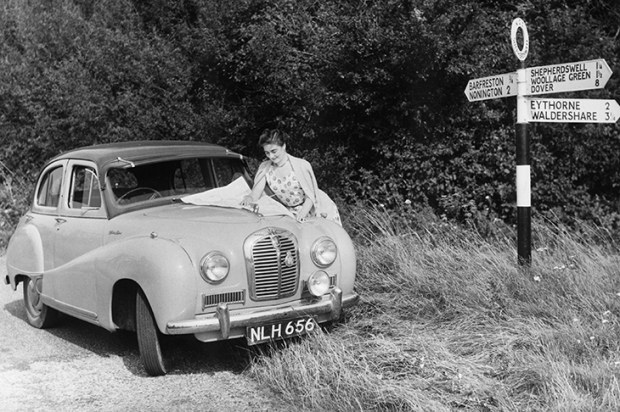
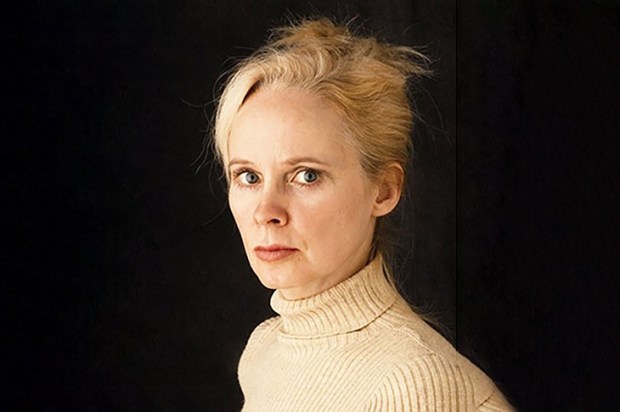
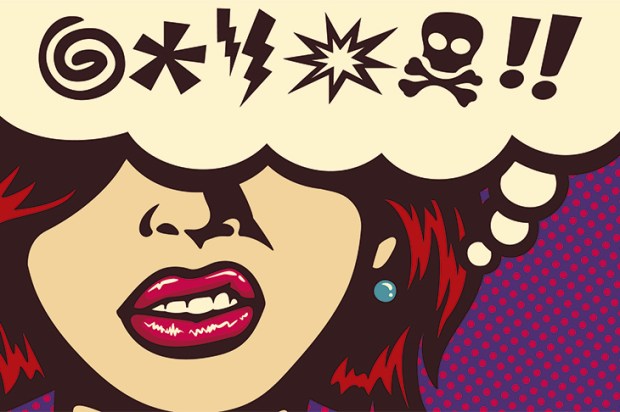
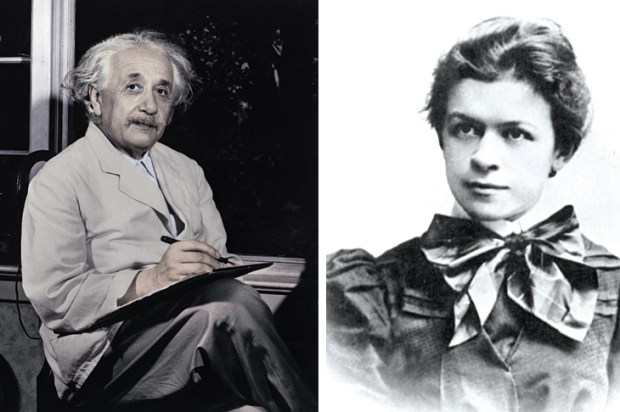







Comments
Don't miss out
Join the conversation with other Spectator Australia readers. Subscribe to leave a comment.
SUBSCRIBEAlready a subscriber? Log in